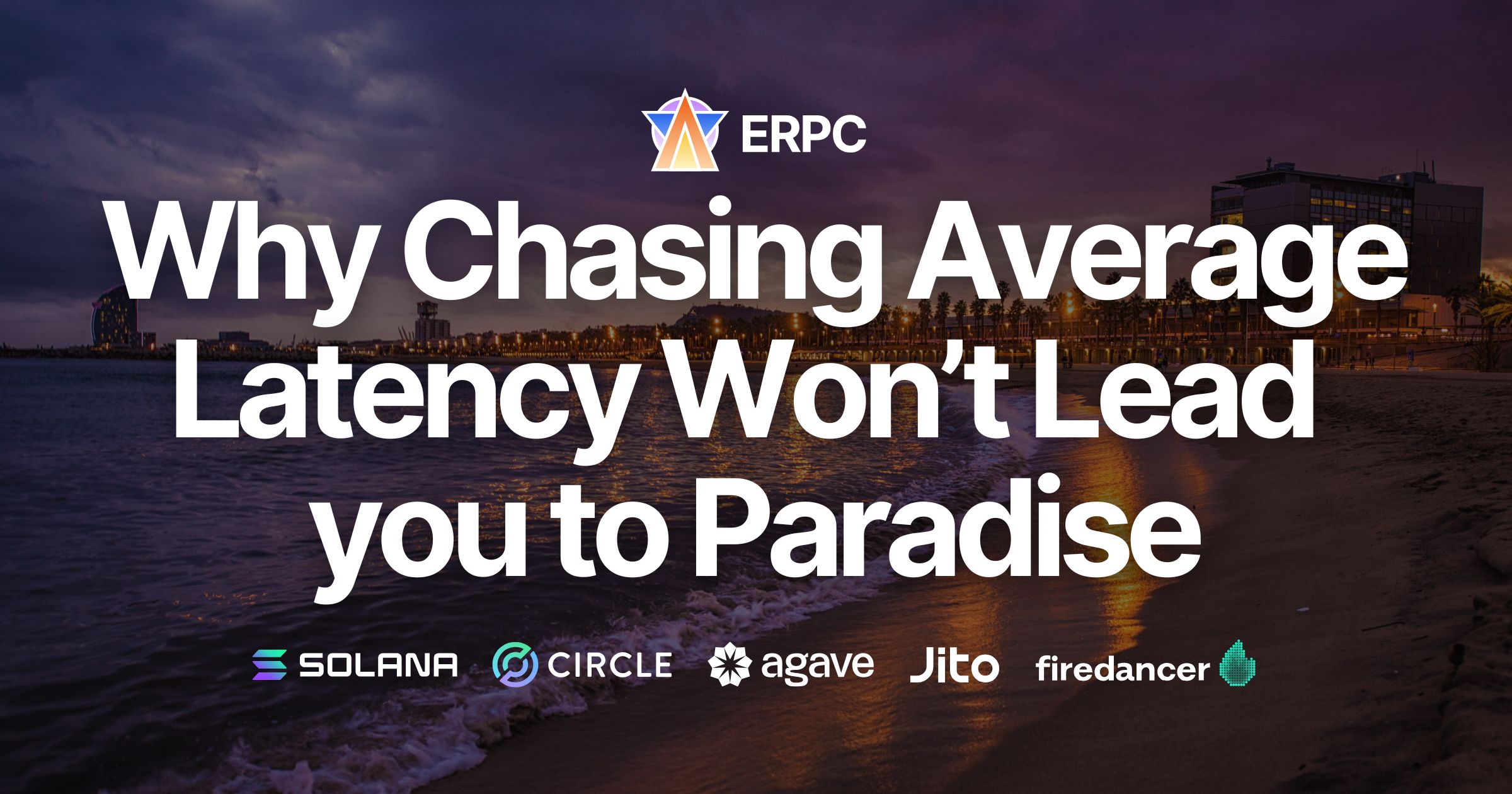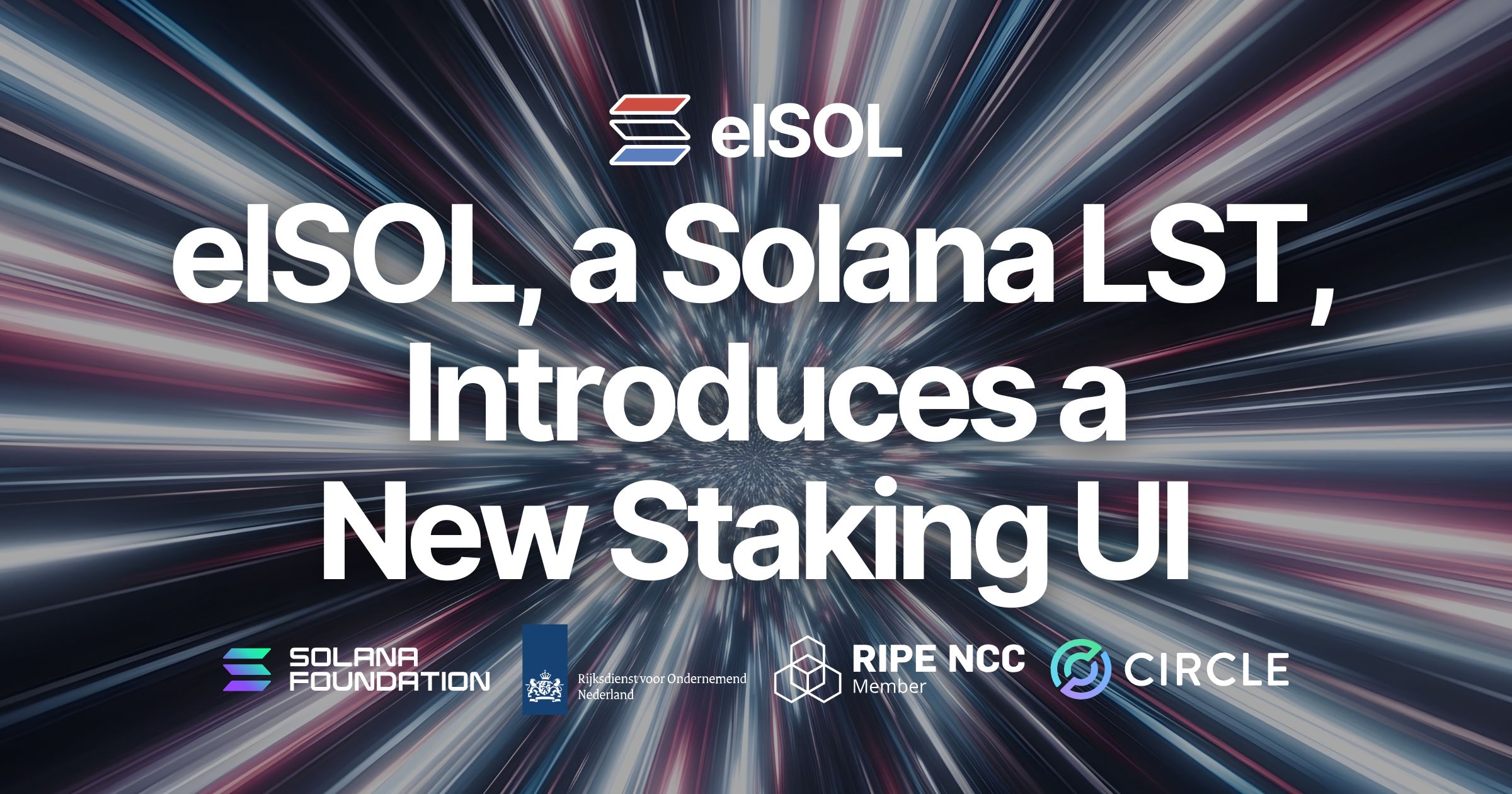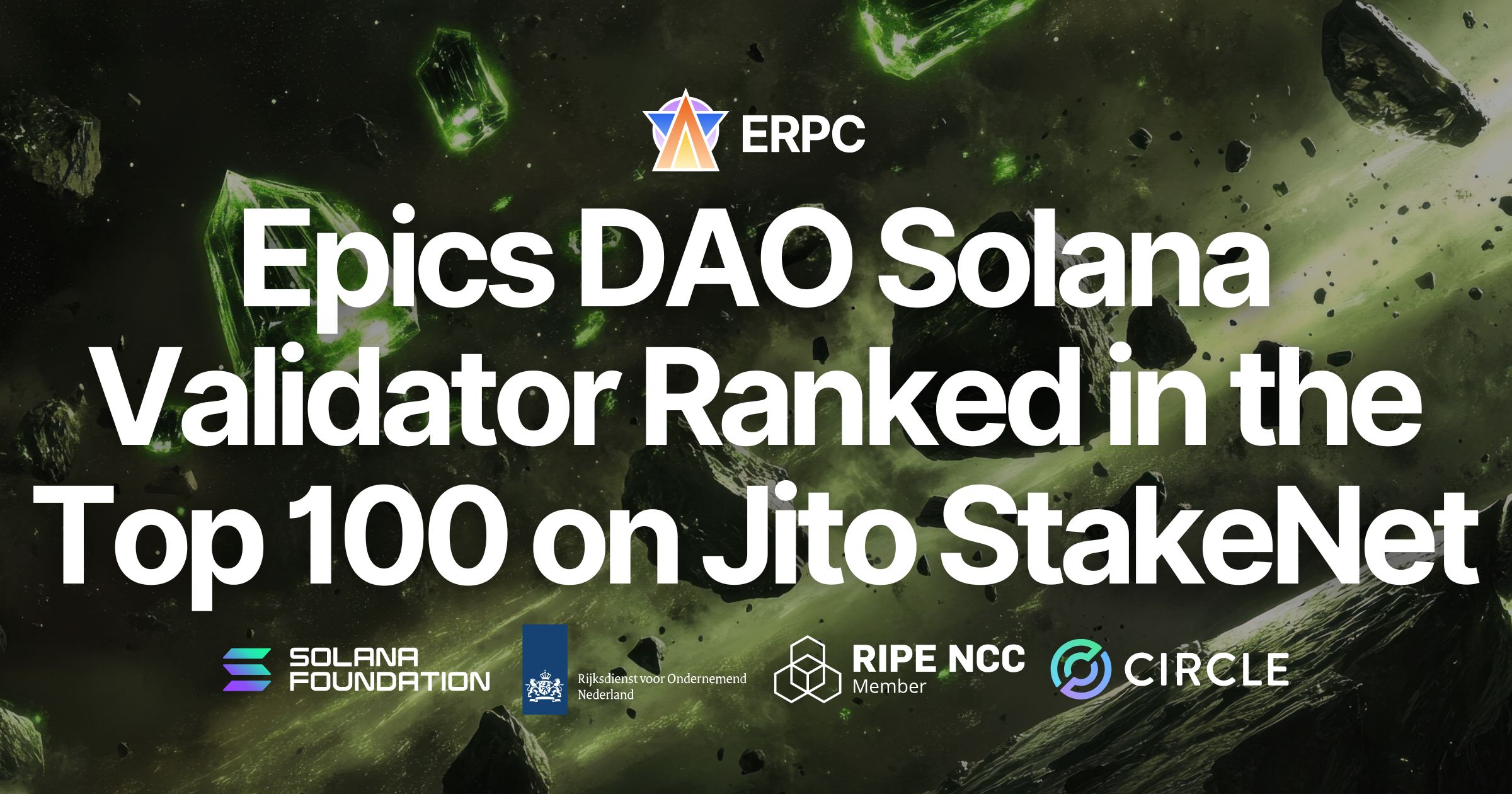Why Chasing Average Latency on Solana Won't Lead You to Paradise
Why Chasing Average Latency on Solana Won't Lead You to Paradise

ERPC is grateful for the strong support received from many high-frequency Solana traders, and we regularly address numerous technical queries each day. Recently, there's been an increasing demand for advice on how to technically optimize trading speed.
Although we ourselves are not traders but software developers, the frequent queries about achieving zero-slot (0-block) or latencies within approximately 400ms have highlighted critical technical insights.
In this article, we clarify a common misconception: overly focusing on ping times, streaming latencies, and average latency figures does not necessarily lead to successful trading.
Ping Time Is Merely an Ideal Benchmark
Let’s first recap what ping means. Ping is the ideal communication speed, representing simple network distance or minimal latency:
- Within the same network: ~0.1ms
- Private connection (PNI): ~0.2ms
- Within the same data center: ~0.3ms
- Within the same city: ~1ms
- Neighboring countries: ~5–10ms
- Intercontinental: ~100–300ms
Ping values represent ideal conditions and do not reflect actual latencies experienced with streaming protocols such as gRPC or ShredStream.
Streaming Latency Is About Five Times the Ping
Streaming services like gRPC and ShredStream use TCP, a protocol that inherently introduces overhead, doubling latency compared to the simple ping value. Real-world scenarios further include connection establishment, data handling, and other processing, typically resulting in about five times the ping latency.
For example, an intercontinental ping of 100ms realistically translates to approximately 500ms latency in streaming communication, rendering zero-slot (0-block, ~400ms) trading unfeasible.
Why You Won't Find That Ideal 200–300ms Average Latency
Many traders mistakenly believe that due to Solana's block time (~400ms), finding a gRPC stream with an average latency of 200–300ms ensures success. However, achieving such stable average latencies is practically very challenging because:
- Solana's block timing is measured in seconds, making precise millisecond-level measurements inherently inaccurate.
- Physical distances and the inherent nature of TCP connections prevent sustained ideal latency conditions.
Winning Traders Don't Obsess Over Average Latency
Interestingly, traders who consistently profit rarely discuss average latency figures. Successful traders thoroughly understand the inner workings of Solana’s blockchain and base their trading strategies on accurate technical knowledge.
The Key to Success: Understanding Solana Leader Slots Geographically
Success in trading doesn't stem solely from minimizing average latency. The critical factor is recognizing where Solana leader validators generate slots and utilizing that geographic advantage.
For instance, placing servers in Frankfurt while trying to trade on slots generated in the U.S. fundamentally misunderstands latency dynamics. This mirrors real-world stock trading: placing a server in Europe to trade on the New York Stock Exchange shows a lack of competitive edge.
Real-World Optimization Is Highly Complex
Successful traders meticulously optimize multiple factors simultaneously, including:
- Awareness of Solana’s leader slot schedule
- Infrastructure optimized per region
- Dedicated node utilization
- High-performance hardware (bare-metal servers, latest CPUs, RAM, etc.)
- Minimizing physical network distances
The best traders fine-tune all these aspects comprehensively, creating robust technical infrastructure.
ERPC’s Role
ERPC continuously develops solutions to meet these complex technical requirements. We actively innovate to deliver the exact solutions traders genuinely need.
We remain committed to sharing practical insights that enhance your trading environment.
Thank you for your continued support of ERPC.
- ERPC Official Website: https://erpc.global
- Validators DAO Official Discord: https://discord.gg/C7ZQSrCkYR




